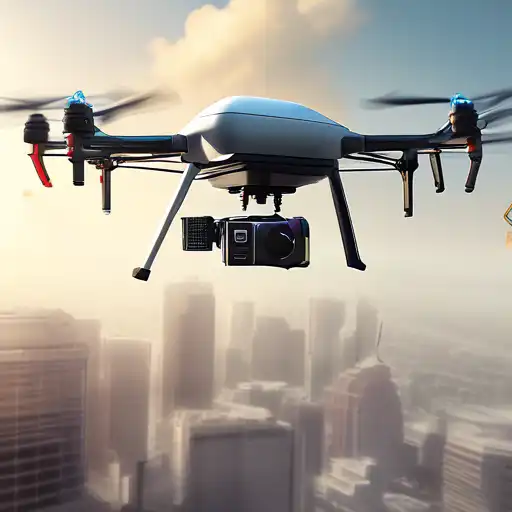The Rise of Commercial Drones
Commercial drones, also known as unmanned aerial vehicles (UAVs), have revolutionized various industries by offering innovative solutions to traditional challenges. From agriculture to real estate, and from logistics to entertainment, drones are opening up new opportunities for businesses worldwide.
Opportunities Unleashed by Commercial Drones
The applications of commercial drones are vast and varied. In agriculture, drones are used for crop monitoring, spraying, and surveying, significantly reducing the time and labor required. In the construction sector, drones provide aerial views for site planning and progress tracking. Meanwhile, in the delivery sector, companies are experimenting with drones to expedite shipping processes, promising a future where your online orders could arrive at your doorstep via drone.
- Agriculture: Precision farming, crop health monitoring.
- Construction: Site surveying, progress monitoring.
- Delivery Services: Fast and efficient package delivery.
- Entertainment: Aerial photography and videography.
Navigating the Regulatory Framework
As the use of commercial drones grows, so does the need for comprehensive regulations to ensure safety and privacy. In the United States, the Federal Aviation Administration (FAA) has established rules for commercial drone operations, including requirements for pilot certification, drone registration, and operational limitations such as altitude and no-fly zones.
Similarly, the European Union Aviation Safety Agency (EASA) has implemented regulations that classify drones based on their risk level, dictating the necessary certifications and operational limits. These regulations are designed to protect both the operators and the general public, ensuring that the skies remain safe for everyone.
Future Prospects and Challenges
The future of commercial drones is bright, with advancements in technology paving the way for more sophisticated applications. However, challenges such as privacy concerns, air traffic management, and the need for global standardization of regulations remain. Addressing these challenges will be crucial for the sustainable growth of the commercial drone industry.
For businesses looking to leverage drone technology, staying informed about the latest technological advancements and regulatory changes is essential. By doing so, they can fully harness the potential of commercial drones while complying with legal requirements.
Conclusion
Commercial drones offer unparalleled opportunities across various sectors, transforming traditional operations with their efficiency and versatility. However, navigating the regulatory landscape is key to unlocking their full potential. As the industry continues to evolve, staying ahead of technological and legal developments will be paramount for businesses aiming to soar to new heights with drone technology.
